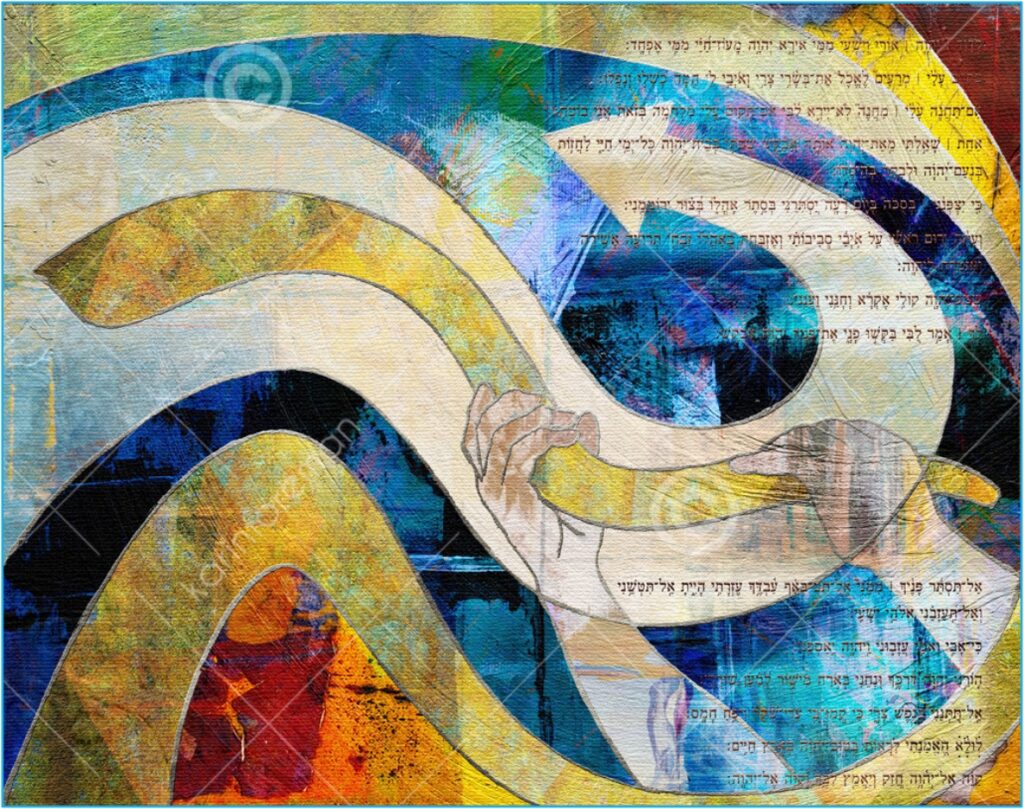Psalm 27: The Jewish New Year

Why is Psalm 27 Recited in advance of Rosh Hashanah through Sukkot (Hoshanah Rabbah)?
By Rabbi Or Rose, Founding Director, Miller Center for Interreligious Learning & Leadership, Hebrew College
- There is a midrashic teaching that the opening line of Palm 27 refers to Rosh Hashanah and Yom Kippur: “The Lord is ‘my light’ on Rosh Hashanah and ‘my salvation’ on Yom Kippur.” The biblical text continues by stating that “He will shelter me in His sukkah…”

- Some Jewish mystics claim that since Psalm 27 mentions God’s name 13 times, if we recite it, we will be protected by God’s 13 attributes of mercy (see Exodus 34:6-7) during this season of judgement.
- Commentators point out that the word “Lulei” in verse 13 is mysteriously surrounded by dotted markings in the Masoretic text and may hint at the fact that when the letters are reversed it spells the word “Elul”—the final month of the Jewish calendar.
- Psalm 27 may have been chosen to be recited at this time of year simply because it contains words of encouragement during the new year season, when people are concerned about their fate.
- The custom of reciting Psalm 27 emerged in the middle of the 18th century.
To learn more about this custom, please read the following responsum by Rabbi Prof. David Golinkin.

